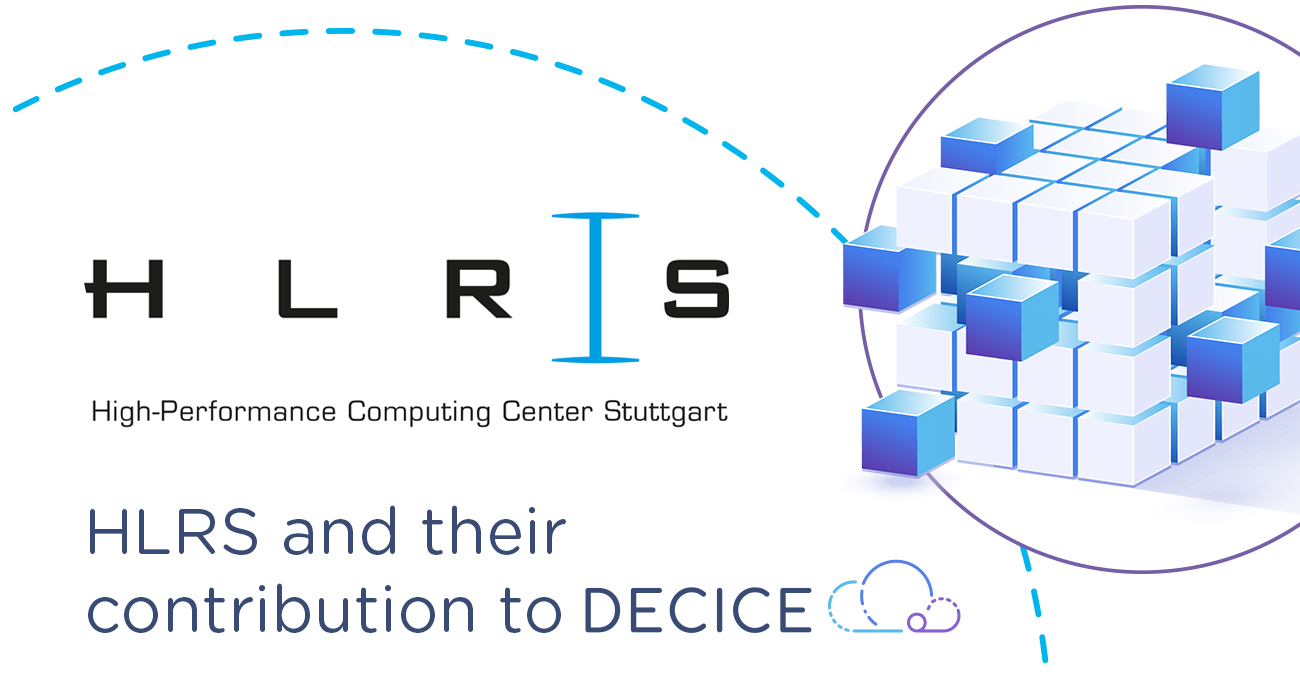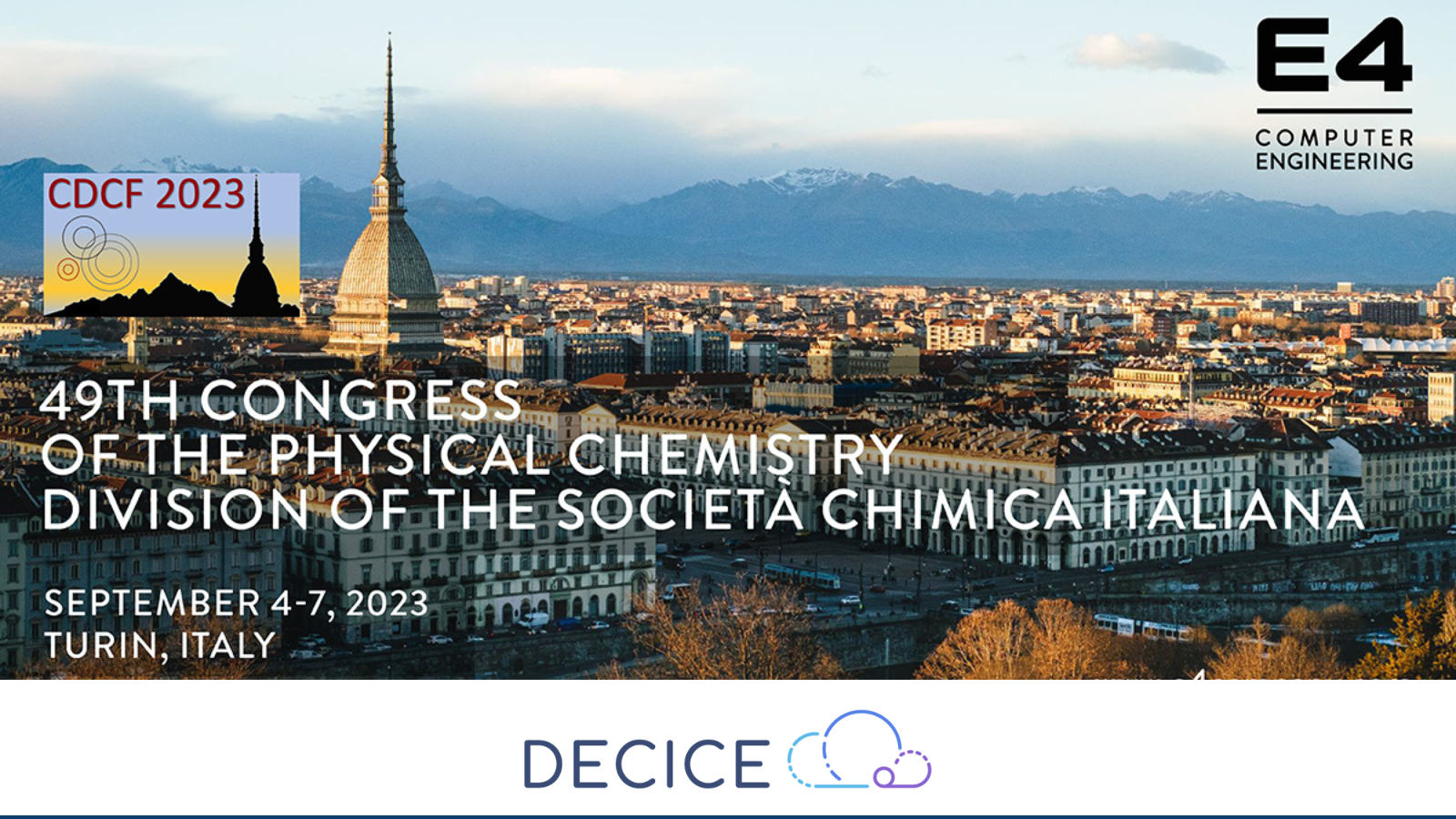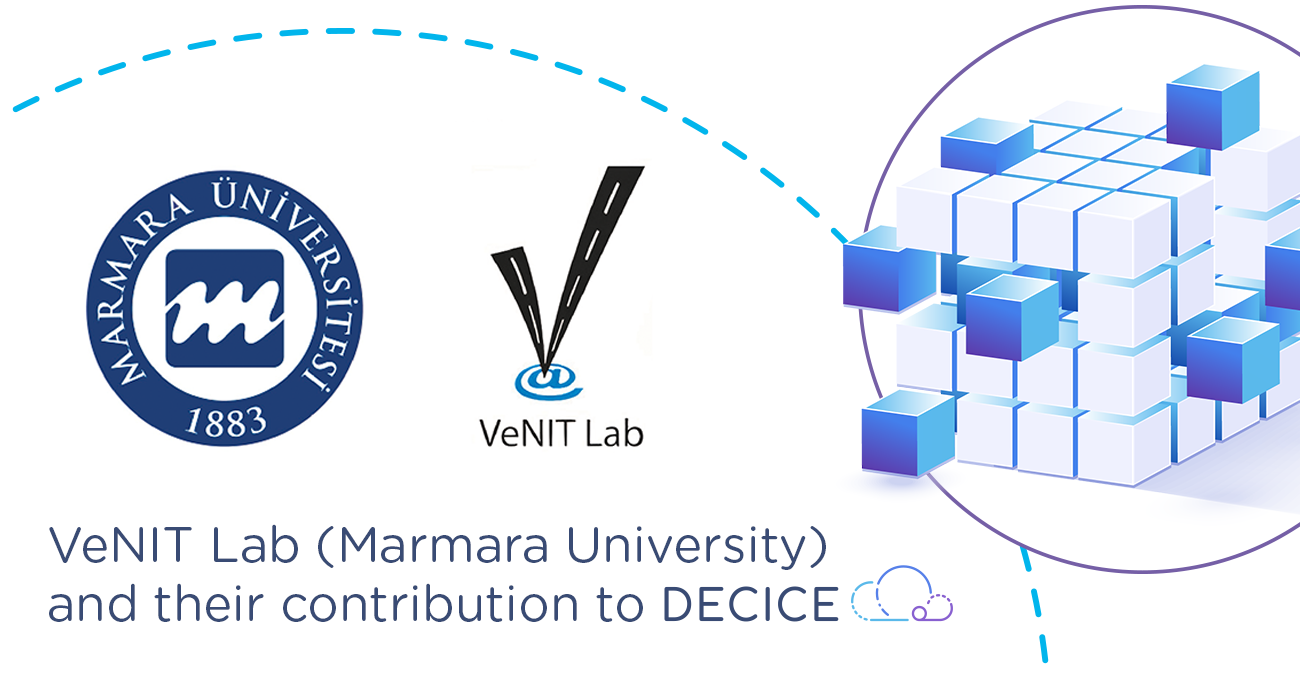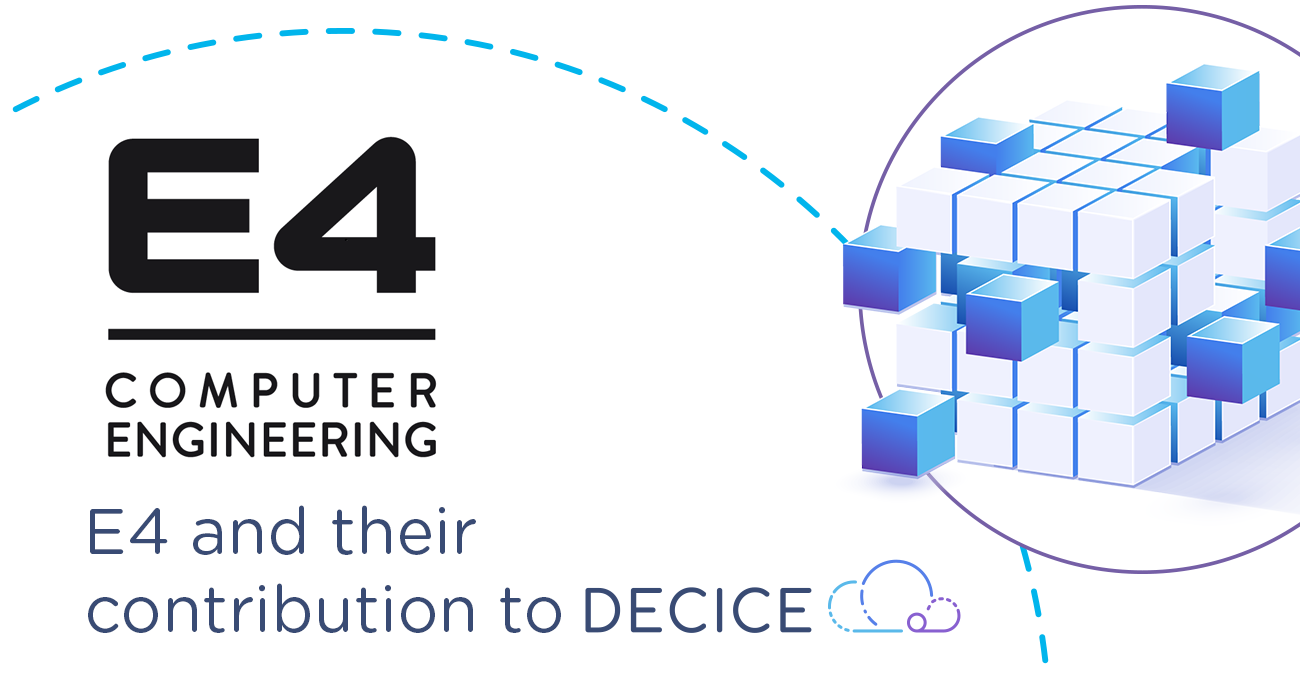
HPC and the integration of cloud and edge workflows in DECICE
HLRS (Höchstleistungsrechenzentrum Stuttgart/High Performance Computing Center Stuttgart), is excited to participate in the DECICE project. It contributes HPC expertise and leads Work Package 4, which focuses on integration of the components.
Founded in 1996, HLRS (Höchstleistungsrechenzentrum Stuttgart/High Performance Computing Center Stuttgart), is Germany’s oldest High Performance Computing (HPC) center, a founding member of the Gauss Centre for Supercomputing, and a central unit of the University of Stuttgart. As the home of one of the fastest supercomputers in Europe and a large team of HPC experts, HLRS provides essential tools and solutions for cutting-edge academic and industrial research. At the same time, HLRS is working constantly to improve high-performance computing and to identify opportunities for using HPC, data analytics, and related technologies in new areas where it can have an impact.
HLRS is excited to participate in the DECICE project as a way to improve HPC and make it more accessible and integrated with cloud and edge workflows. Bastian Koller, managing director of HLRS says, “We’re delighted to be part of this important DECICE project. HPC resources can be difficult to access and require a lot of knowledge to use correctly, a challenge especially for our SME users, but also some from big enterprises and academia. With DECICE we will work on a solution to make HPC resources easier to use and integrate in critical workflows for these group to foster our leading position in Europe”.
HLRS leads DECICE Work Package 4, which focuses on integration. This work package has two major components.
The first focuses on building foundational infrastructure for development. HLRS is designing, configuring and managing a Continuous Integration/Continuous Delivery (CI/CD) pipeline for DECICE software. Utilizing such a pipeline will assist the project in producing higher quality code at a faster speed and aid in integrating the various components that make up the DECICE software stack.
Second, HLRS is contributing by integrating various DECICE components with each other. For example, the core of DECICE is an Artificial Intelligence (AI)-powered scheduler for workloads. The scheduler must be integrated with other software, such as Kuberenetes (a workload manager for containerized applications) or with AI support software to allow training of the scheduler’s AI. Finally, HLRS will also provide system monitoring so that the AI scheduler can monitor, simulate, and react to the real-world conditions observed in the system.
Work Package 4 and HLRS’s contributions will allow DECICE to demonstrate real-world flexible workflows that use resources from HPC, cloud, and edge environments to solve problems under tight constraints and without manual intervention by users or administrators, making HPC easier to access and use for everyone from academia to small, medium and large enterprises.
Authors: Steven Presser (HLRS)
Links
https://www.hlrs.de/projects/detail/decice
Keywords
HLRS, DECICE, HPC


